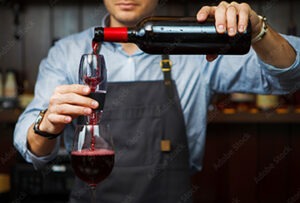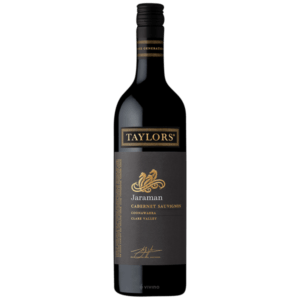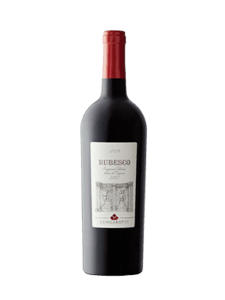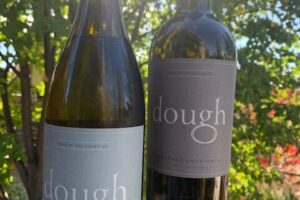Every now and then I have to adjust an initial rating after revisiting that same wine the following day. Sometimes one’s palate is a little off, but usually it’s because the wine has had a chance to settle down and open up after being exposed to a little oxygen. These two wines below would have both scored almost two points lower had I gone with my first impressions.
It was yet another reminder of the benefits of decanting. Unless you’re dealing with a very, very old bottle, it never hurts to decant. And it usually helps. It’s like judging a person within the first few minutes of meeting them at a party. You might get it right, but often they’ll seem either unusually reserved or too raw and unrefined for your liking. But give them some time to express themselves more fully and you’ll often get an entirely different impression.
 After being bottled up for several months—or up to two years in today’s case—it’s not unexpected to see a natural evolution in a wine as it is continually exposed to air. Tannins can settle, alcohol can burn off and fruit and other notes become more evocative. The Wakefield Jaraman Cabernet, for example, was tight at first, while the Lungarotti Rubesco seemed lighter-bodied and overly spicy. But both made big jumps upon their second tasting and showed themselves to be much better balanced.
After being bottled up for several months—or up to two years in today’s case—it’s not unexpected to see a natural evolution in a wine as it is continually exposed to air. Tannins can settle, alcohol can burn off and fruit and other notes become more evocative. The Wakefield Jaraman Cabernet, for example, was tight at first, while the Lungarotti Rubesco seemed lighter-bodied and overly spicy. But both made big jumps upon their second tasting and showed themselves to be much better balanced.
So while no sane person enjoys cleaning and drying a decanter, it will certainly help your wine to be all that it can be. Or saving that, give it a mini decanting with a wine aerator (the one pictured here is quick and painless and usually less than $50!).
Here’s a look at two of this past weekend’s releases at the LCBO.
 Wakefield Cabernet Sauvignon 2020 — Clare Valley/Coonawarra, Australia ($24.95)
Wakefield Cabernet Sauvignon 2020 — Clare Valley/Coonawarra, Australia ($24.95)
Here’s an intriguing almost 50/50 blend between two South Australia regions that experienced diverse growing conditions in 2020. The weather was all over the place in the Clare Valley—from spring frosts to much-noted summer bushfires—but it still yielded quality fruit. The Coonawarra, meanwhile, was unaffected by the bushfires. And “while yields were down, warm days and cool nights provided the perfect ripening conditions for Cabernet Sauvignon, and the wines from this vintage look excellent,” the winery notes. As for the final result, while at first blush this was very tight with less of its telltale After Eight dinner mints on the nose, this plush cabernet opened up beautifully on Day Two. Its dark black and blue fruit—blackcurrant, blackberry, cassis—went from tight to ripe, while complemented by a minty/eucalyptus and leather. Its medium+ tannins, nice acidity, depth and well-integrated 14.5% alcohol should provide it with at least five years of aging potential. Just shy of full bodied, but with a lengthy finish. 91
 Lungarotti Rubesco 2019 — Umbria, Italy ($21.95)
Lungarotti Rubesco 2019 — Umbria, Italy ($21.95)
This Sangiovese/Colorino blend from the centre of Italy offers a spicy, peppery nose dripping with strawberry/cherry fruit. It’s medium bodied on the palate with fine tannins and more of those ripe, juicy red cherries and strawberries, with a medium-length finish. Pizza wine is sometimes underrated, but this would be exceptional with pepperoni and mushroom pizza. But it also fits rather nicely with spicy BBQ meats, including hamburgers. 89




Leave a Reply
Your email is safe with us.